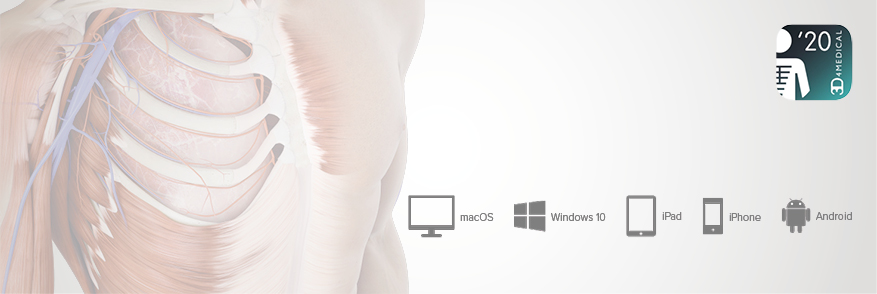

In contrast, ossification is entirely wanting in both the cartilaginous epiphyses of the fibula. The distal epiphysis of the femur and the proximal one of the tibia, which appear just before or at the time of birth, have enlarged and are now of considerable size the first trace of the ossification of the distal tibial epiphysis is just visible. The figure shows clearly the extent of the ossification of the bones of the lower leg and foot toward the end of the first year of life.

sesamoid bone of the interphalangeal joint of the thumb,.proximal interphalangeal joint of index,.
Complete anatomy free skin#
The outlines of the soft parts are distinct and there are even indications of some of the skin folds. In correspondence with the concave form of the palm the bones of the thumb are seen almost in profile, those of other fingers from the surface. While the bones of the carpus are somewhat confused on account of some overlapping, the metacarpals and phalanges are so clear that the spongiosa of the articular ends and the compacta of the shaft, together with the marrow cavity it encloses, may be made out the sesamoid bones are also distinct. boundary of the upper extremity and shaft of the ulna,.lateral condyle of the humerus (the official nomenclature does not include condyles for the humerus, only epicondyles),.The structure of the spongiosa is only indistinctly indicated. One sees the lower end of the humerus, about the upper third of the radius and ulna and the joint cavity, especially that of the humero-radial articulation. The joint is in the position of extension, the fore-arm bones in supination.


 0 kommentar(er)
0 kommentar(er)
